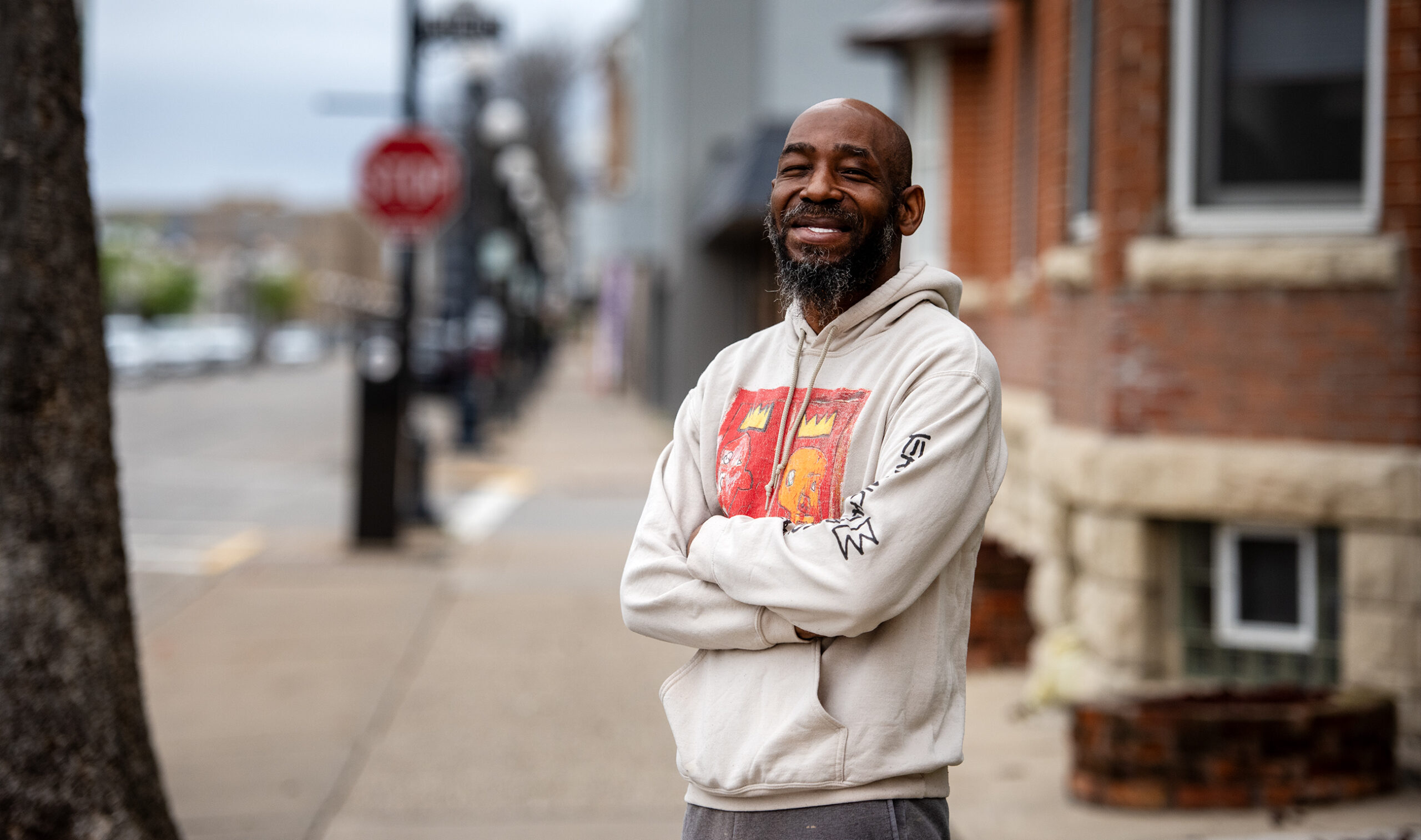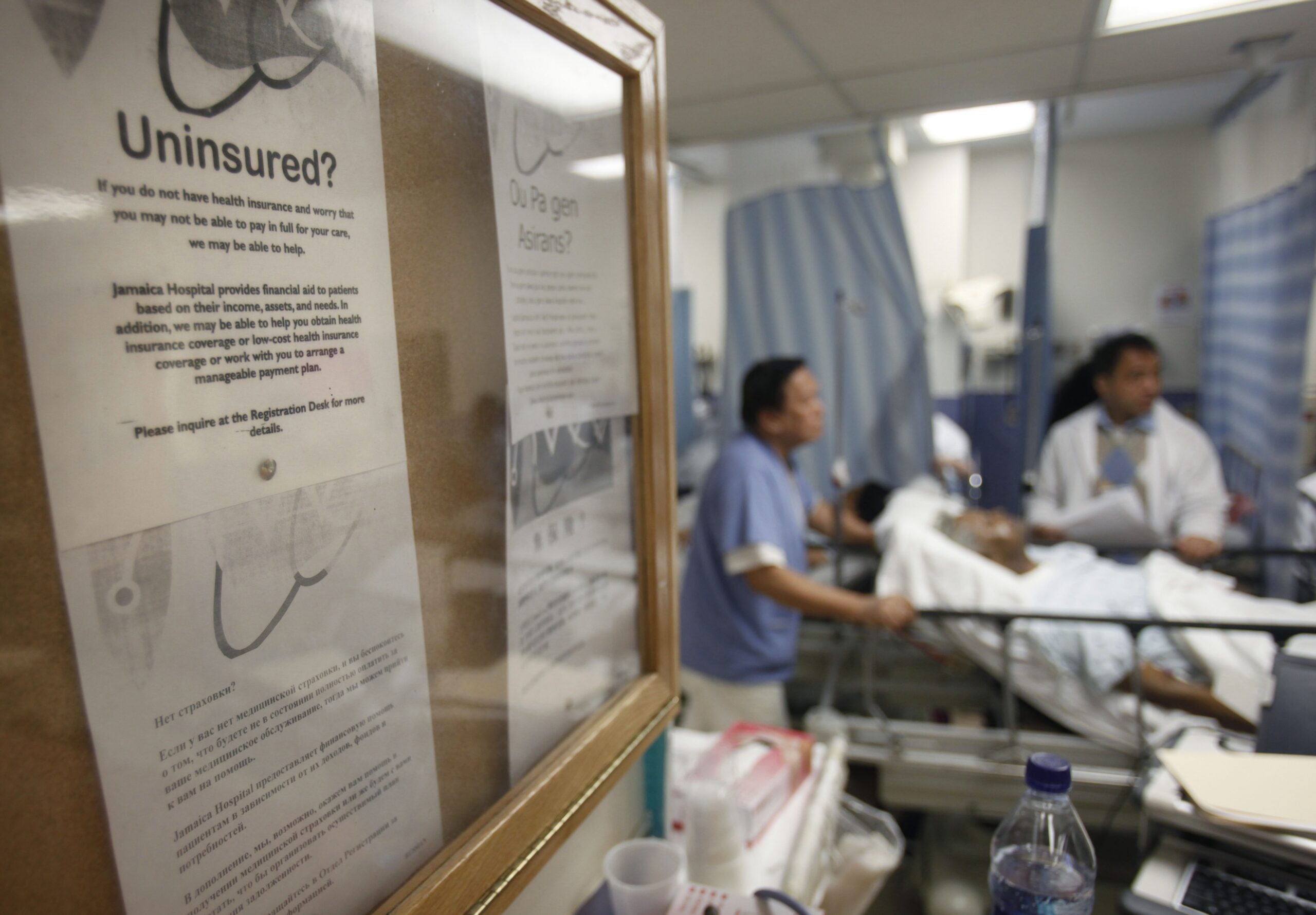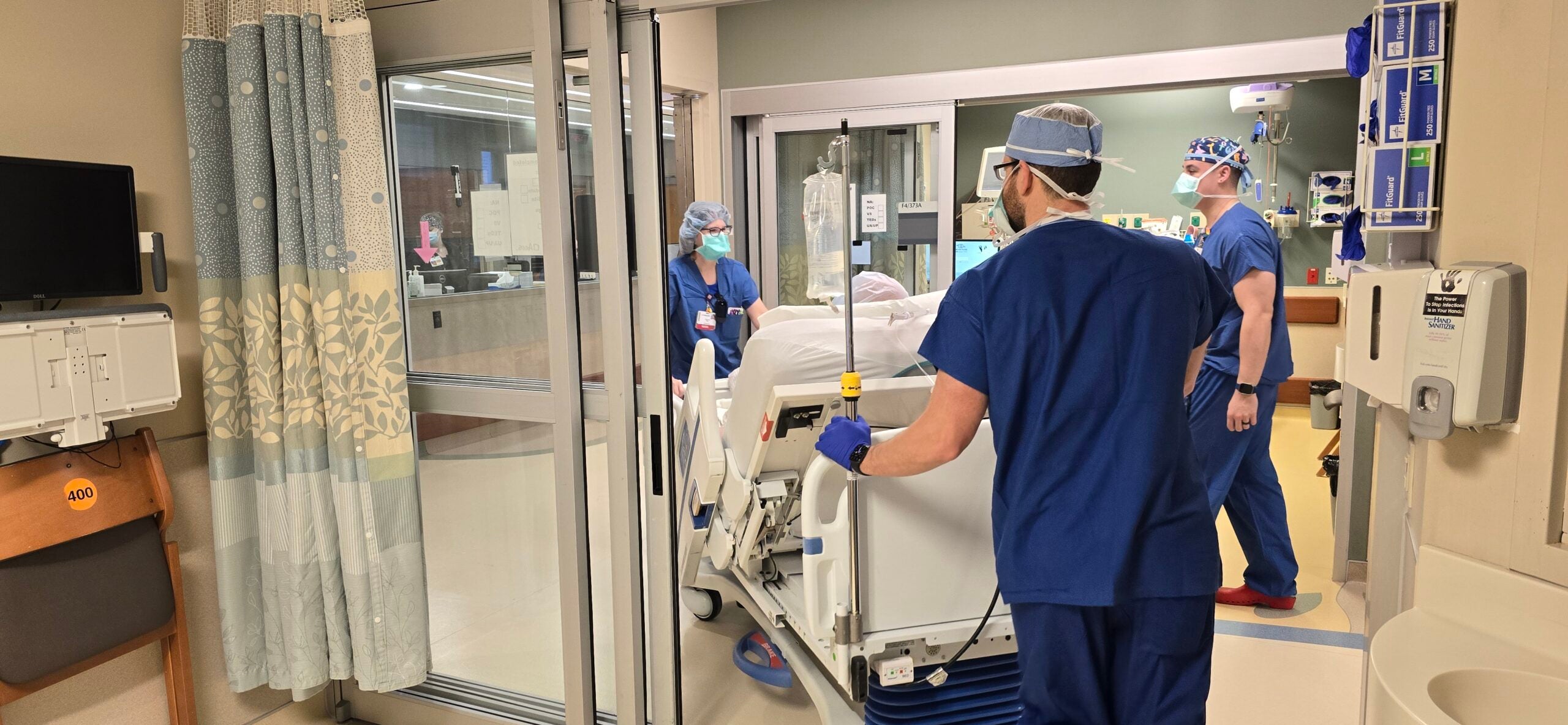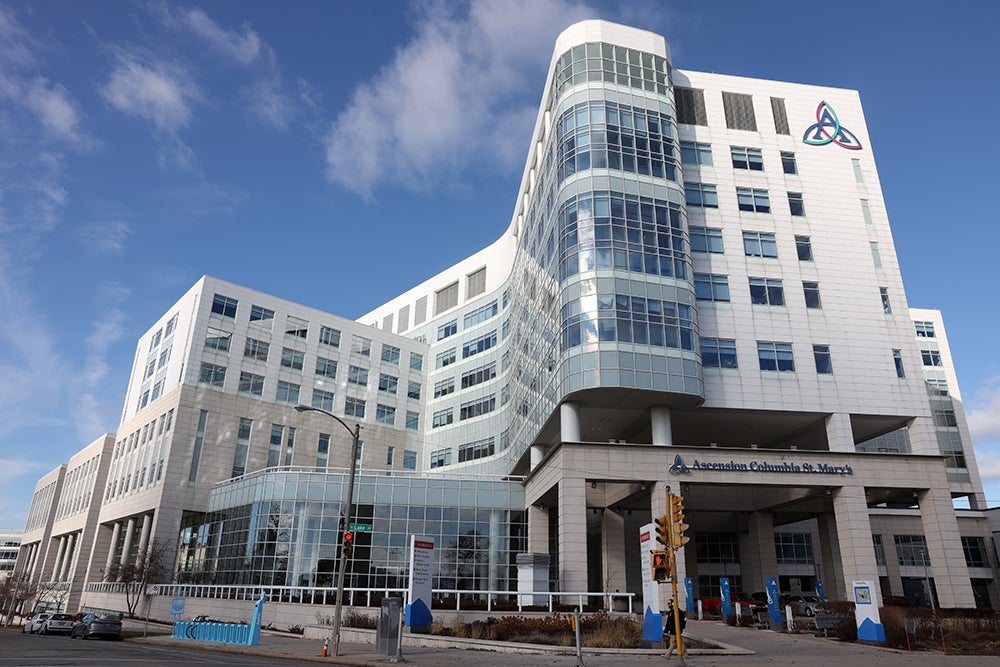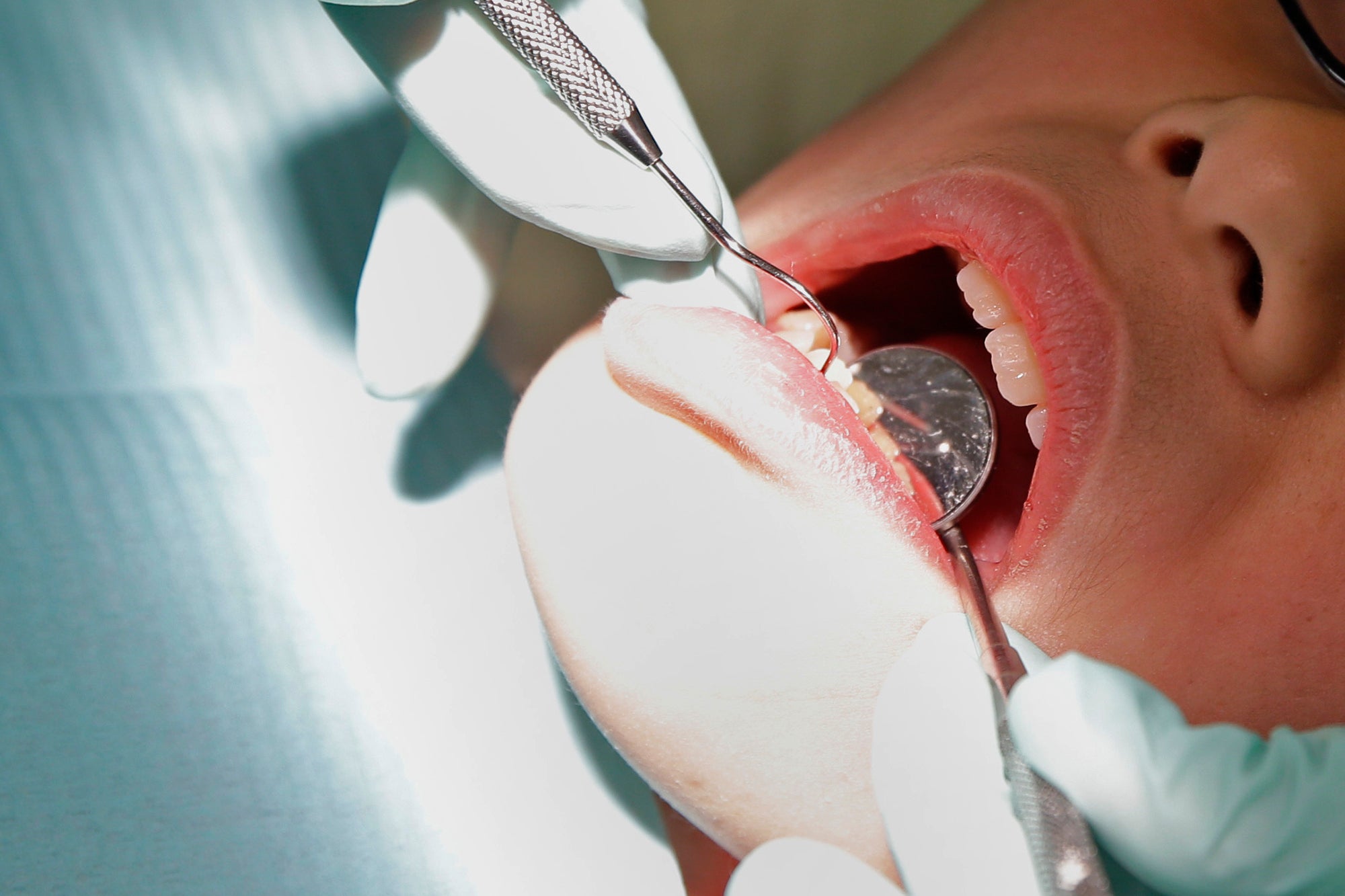In 2019, Randall Brown finally got dental insurance. But for months, he couldn’t find a dentist willing to see him.
At the time, Brown had significant dental needs. He had recently moved to La Crosse and had been homeless for a period of time. He had also previously struggled with drug abuse, specifically using crystal meth. The drug eats away at the enamel on teeth, and can eventually lead to tooth loss.
“I began to really experience some hard discrimination and a little bit of cruelty, of all places, in my health care providers,” Brown said.
News with a little more humanity
WPR’s “Wisconsin Today” newsletter keeps you connected to the state you love without feeling overwhelmed. No paywall. No agenda. No corporate filter.
Some dentists turned Brown away because they didn’t take BadgerCare, the state’s Medicaid-funded insurance program. At the offices that did take his insurance, he said staff would often start the conversation by giving him a list of the services he didn’t qualify for, making him feel judged for having public insurance.
His options were limited further by the COVID-19 pandemic, when many dentists stopped seeing patients and then had months-long waiting lists when they reopened.
The great majority of dentists in Wisconsin don’t take BadgerCare patients. In a 2018 survey by the state Department of Health Services, or DHS, only 29 percent of licensed dentists said they served patients with public insurance.
After years of lobbying by dental organizations, Wisconsin’s last state budget increased BadgerCare reimbursement rates for dental care by 40 percent. But most health leaders agree the number of dentists serving these patients has not dramatically increased, especially as more of the state’s providers reach retirement age.
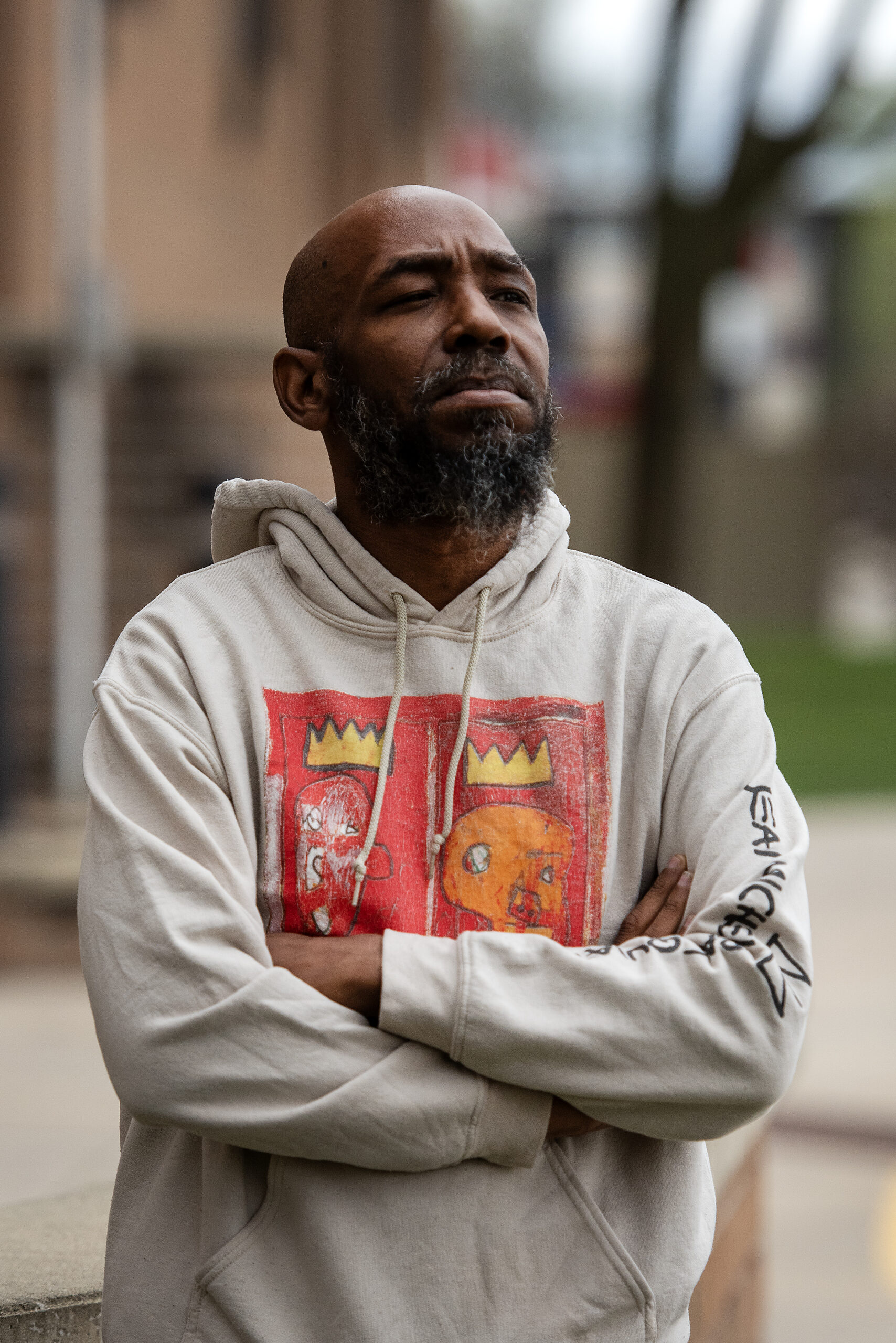
Today, Brown is a doctoral student in Viterbo University’s ethical leadership program, and he’s gotten help with his smile.
He thinks people take for granted the ability to see a dentist, not realizing the many effects that come from a lack of access. In fact, in 2020, when most people were wearing masks in public to protect against COVID-19, Brown said he noticed that people treated him differently. They couldn’t see his damaged teeth.
Dentists say low reimbursements mean they take a loss when seeing public insurance patients
The barriers that Brown experienced are part of why many BadgerCare recipients don’t receive dental treatment, even though it’s covered by their insurance.
An analysis of state data by the Wisconsin Primary Health Care Association, or WPHCA, found that fewer than 40 percent of children and young adults with Medicaid insurance saw a dentist in 2022. The percentage is even lower for adults in the program — only 23 percent of people ages 21 to 64 received dental services and only 18 percent of seniors.

The same report shows that of the 878 dentists enrolled in the state’s Medicaid program, nearly one in five did not see any Medicaid patients in 2022.
Leaders in the dental care industry say that many providers have declined to take patients with public insurance because of the historically low reimbursement rates from the state.
Chris Hansen, president of the Wisconsin Dental Association, said only a few years ago, dentists were being reimbursed for around 30 percent or less of what they usually charge for services.
The state’s 2021-2023 biennial budget increased Medicaid reimbursement rates for dental services by 40 percent. But Hansen, who retired last year after a decade of operating his own practice in Two Rivers, said the current rate still leaves many dentists with less than half of their normal fee.
“They’re forced, in many cases, to take a loss in order to see those patients, and many practitioners will do that,” he said. “But we don’t have the ability in a small practice environment to do a lot of cost shifting like you would with a bigger hospital or a bigger medical facility with multiple providers.”
Hansen said the dental industry does see the reimbursement increase as a good start, along with new investments in student loan reimbursement programs for dentists who commit to practicing in rural areas.
A DHS spokesperson declined an interview request for this story. But the agency has studied the impact of increased reimbursement rates through a four-county pilot program started in 2016. A report from 2022 found that only one of the participating counties saw a lasting increase in the number of dentists seeing Medicaid patients.
The overall level of dental service use by Medicaid members in the pilot counties remained well below that of patients with commercial insurance. The agency report said the pilot confirmed previous findings “that an increase in Medicaid payment appears necessary but certainly not sufficient to improve access to dental services.”

Overall shortage of dentists means many patients face long wait times
In order to further increase access, Hansen said the state also has to address the overall shortage of providers.
Retirements among dentists have increased in recent years, both in Wisconsin and across the country. The number of dental hygienists has also declined, causing some dental offices to have to cut back on the number of patients they can see. Hansen said both of these professions saw increased retirements during the COVID-19 pandemic, when dental offices temporarily closed and then had to change operations to limit spread of the virus.
Thirty-two of the state’s 72 counties are considered dental health professional shortage areas for low-income populations, according to federal data. The WPHCA estimates that the state would need an additional 275 full-time dentists to remove these shortage areas statewide.
In January, Gov. Tony Evers signed a package of bills aimed at improving the dental care workforce. The state invested new money into training programs for dental hygienists and assistants, and authorized the licensure of dental therapists, a new kind of mid-level provider similar to a physician’s assistant.
The shortage of providers has also affected the state’s Community Health Centers — facilities that primarily treat underserved populations.
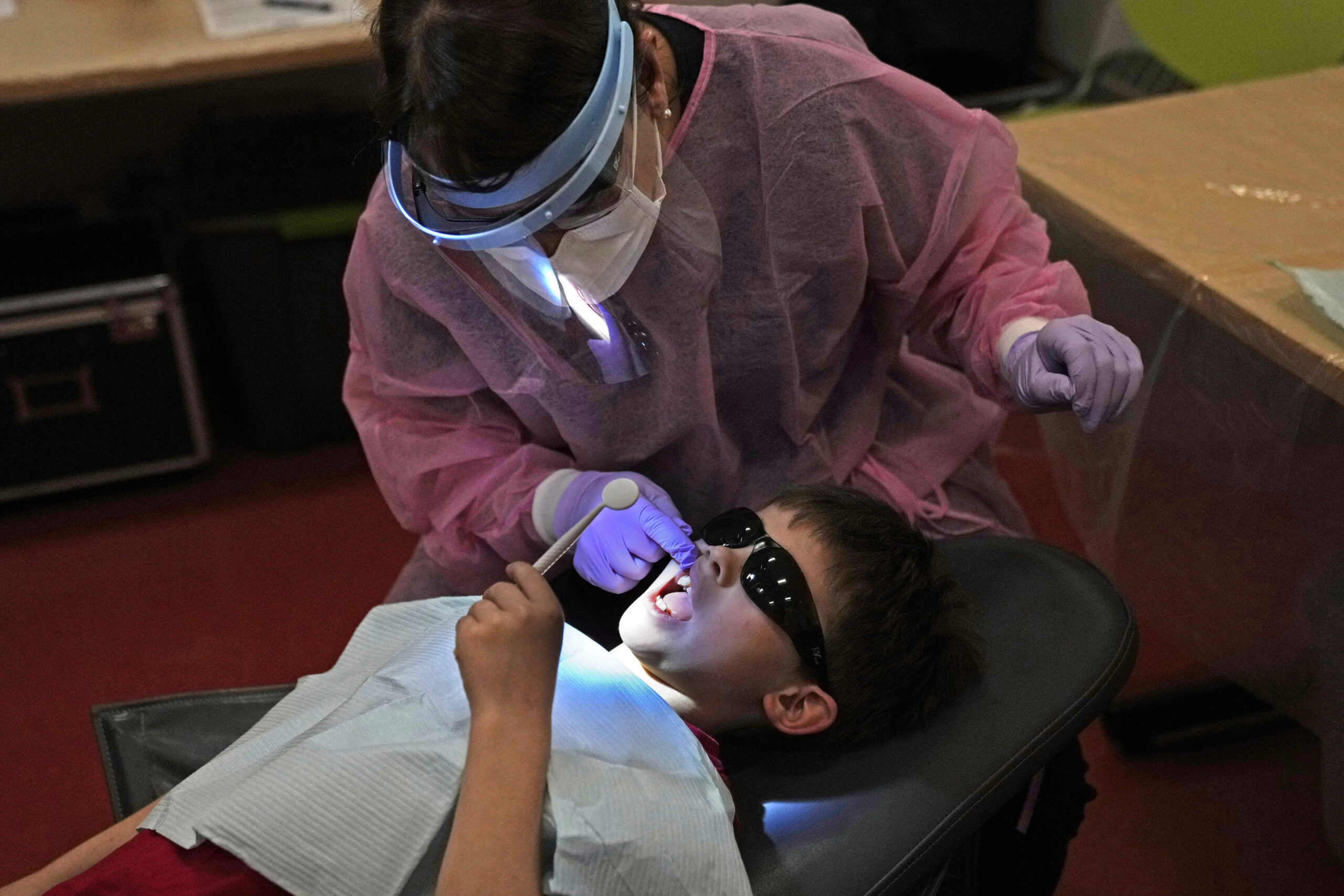
At Scenic Bluffs Community Health Center in southwestern Wisconsin, patients come from a five-county area for care, often driving an hour to get to the clinic in Cashton.
Dental operations director Amy Schanofer said every month, the health center receives 800 calls from people seeking a first-time appointment at their health center. With eight full-time dentists on their staff, she said they can only take on around 120 new patients in a given month.
“If you’re engaging with us regularly every month, keeping your information up to date, it’s about four to six months right now until we get a chance to get you in,” she said.
But Schanofer said that wait is normal for private dentists in rural areas of the state. In Monroe County, where the clinic is located, there are an estimated 1,500 patients for one dentist in the county. The ratio is even higher in other rural counties, like the nearly 28,000 patients to one dentist in Waushara County.
Schanofer said the majority of Scenic Bluffs’ patients have Medicaid coverage or no insurance. But she said they also see people who have private coverage and can’t find a dentist in their area who takes their insurance plan.
“They’re your typical rural population,” she said. “We have small business owners; we have farmers; we have families. We have anywhere from young children starting to see the dentist around 2 or 3 (years old) to elderly patients.”
Delays in dental care can have a real impact on a patient’s health
Schanofer said the patients at the community health center often have more acute dental needs than just a regular cleaning. In many cases, their patients have delayed care because of the long drive time to the clinic, competing financial needs or because they simply aren’t used to going in for preventative care.
“Your family history of using a dentist, I think that’s evolved for most families over generations,” she said. “If your experience as a child was that you didn’t go regularly, perhaps as an adult you’re coming to terms with the impact of that.”
To Brown, the barriers to care also affect patients’ willingness to keep looking for a provider.
“A lot of people who are disenfranchised or marginalized, they’ve kind of learned to do without,” he said. “They may not even attempt to look for services or attempt to get help because they’ve been turned down in the past. That’s certainly something that I’ve experienced, just being told no over and over and over again. There can be some frustration and some anger around that.”
Brown said the delay he faced because of the COVID-19 pandemic and searching for a Medicaid-enrolled provider hurt his dental health. He eventually received care at Scenic Bluffs, and underwent several tooth extractions and was fitted for replacement teeth.
He still has a few adjustments to his smile ahead, but Brown said the change has a big impact on his quality of life. He said dental pain can make it hard to eat, to talk and “to put your best face forward.”
He would like to see the state do more to increase access to dental care, including recruiting more dentists to accept Medicaid patients. He also said the state should look at ways to expand the services that are covered by public insurance.
While going through the process of getting replacement teeth, Brown found that some care was considered cosmetic and wasn’t covered by his insurance. But he said being confident in your smile is about more than just vanity.
“(People) just want to be able to navigate society and not be looked down upon,” he said.
Wisconsin Public Radio, © Copyright 2025, Board of Regents of the University of Wisconsin System and Wisconsin Educational Communications Board.

